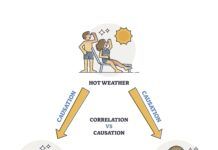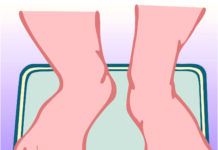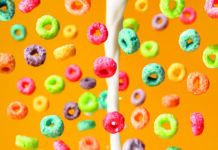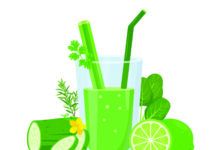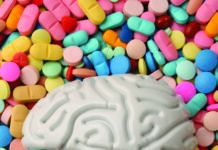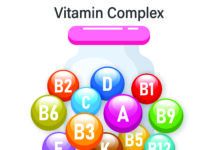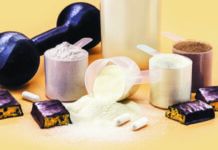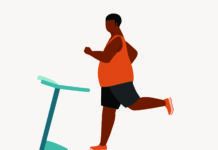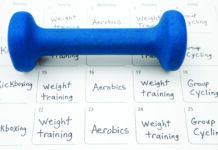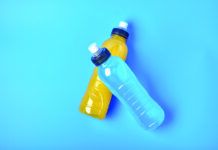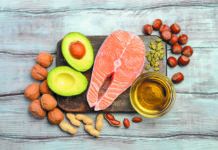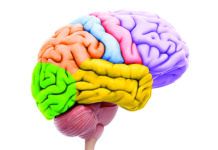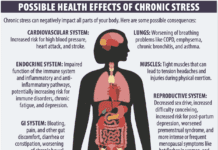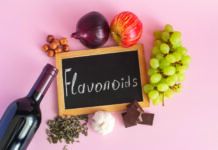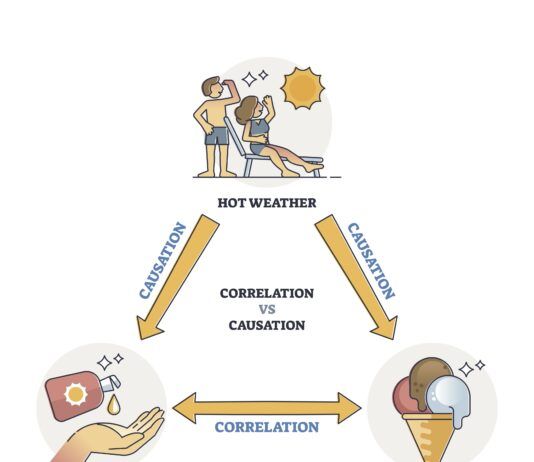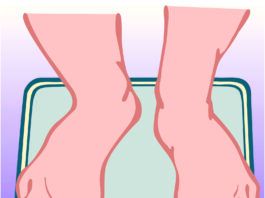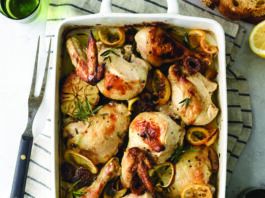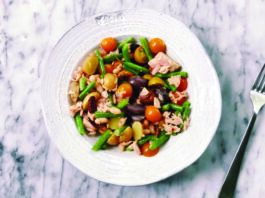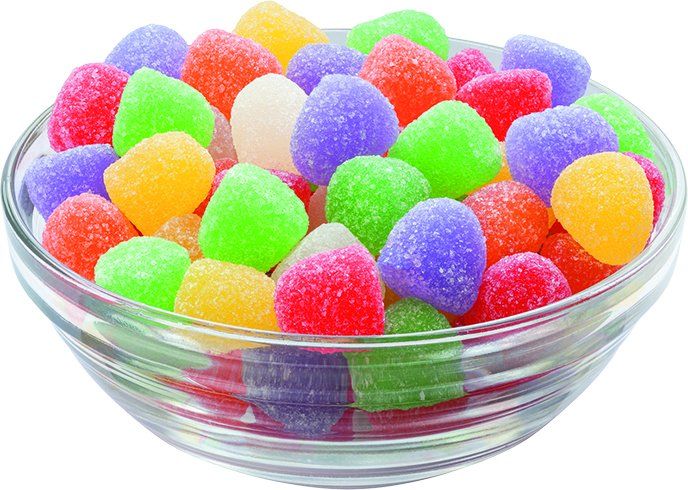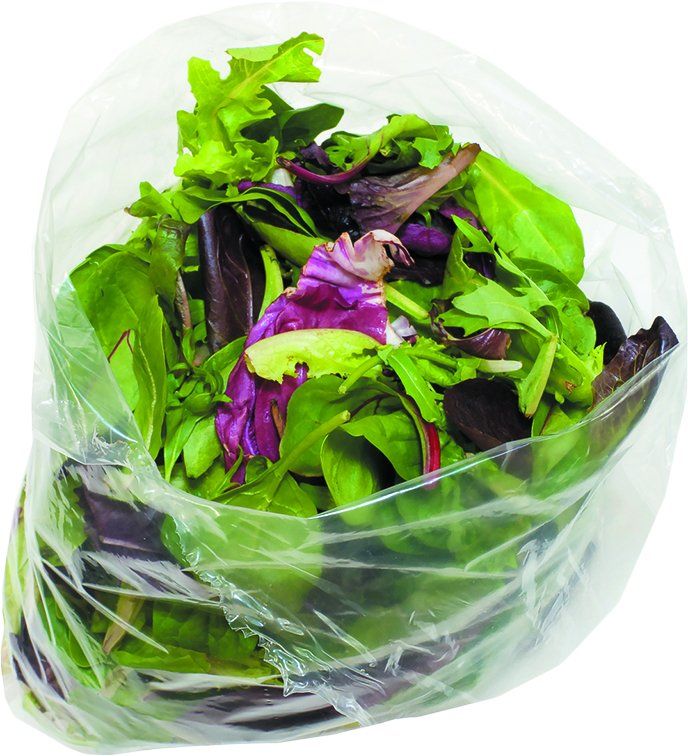Beyond Carbs in Type 1 Diabetes
In its 2017 update to the Standards of Medical Care in Diabetes, the American Diabetes Association included a new recommendation to assess the amount of fat and protein in meals, in addition to carbohydrate counting, to determine insulin dosing for people with type 1 diabetes on flexible insulin schedules.
Why Do We Overeat the Foods We Like?
Our reward center in the midbrain gets activated for the prospect of food and available food of a kind we like, so until our sensory-specific satiety mechanism tells us the portion size is sufficient, addictive chemicals are released, such as dopamine, to keep us eating.
Price of Food May Unduly Influence How Healthy We Think It Is
If you expect healthy foods to cost more, you're not alone (although this isn't always true).
Are Sugar Politics Clouding Sound Advice?
Setting specific limits on sugar intake can alarm groups that profit from sugar use. A recent study in Annals of Internal Medicine reviewed the evidence for limits on sugar intake advised by nine public health groups. The conclusion was that sugar intake guidelines are based on low-quality evidence.
Celebrity Chefs Set Bad Example for Food Safety
About 1 in 6 Americans suffer a foodborne illness each year, often in their own homes, so safe food handling practices cant be overemphasized. Recently, scientists watched 100 episodes of cooking shows from 24 celebrity chefs preparing meat dishes and tracked the chefs food safety behaviors.
Grapefruit No Miracle for Weight Loss
Grapefruit as a weight loss wonder is a bit of an urban legend, and scientific evidence to support it is scarce. A recent systematic review on the topic included three moderate-quality clinical trials with a total of 250 obese men and women.
Diabetes Diet: What to Eat
One of the biggest challenges many people face when they find out they have diabetes is figuring out what they can eat and when. Fortunately, healthy eating when you have type 1 or type 2 diabetes (or prediabetes) isn't substantially different from how we all should eat. Diabetes-friendly meals feature the same healthy foods - whole grains, colorful non-starchy vegetables, whole fruits, lean protein, fish, low-fat dairy, nuts and healthy fats - recommended for everyone.
More Antioxidants in Loose Tea or Tea Bags?
Tea (from the Camellia sinensis plant) is a rich source of flavonoid phytonutrients, which function as antioxidants. The amount and relative proportion of these compounds in tea leaves depends on a variety of factors, including growing conditions, post-harvest processing (including the fermentation that converts green tea to oolong and black teas) and storage time before brewing. The form of tea, whether as loose leaf or the broken leaf (pekoe) and even smaller particles (fannings or dust) in bags, is not a clear determinant of its antioxidant capacity.
What Foods Help Cataracts?
Based on available research, the usual 'healthy diet' is the best one can do. That includes a high (5 or more servings daily) intake of fruits and vegetables (including dark leafy greens), some dark (fatty) fish and whole-grain products, but lower in refined carbohydrate and sugars." Why the emphasis on carbohydrate quality?
Is Bagged Salad as Safe as You Think?
Bags of lettuce and spinach may not be as pristine as they seem. British scientists found that during 5 days of refrigeration, traces of nutrient-rich juice released from crushed leaves in bags of salad greens nourished Salmonella bacteria and increased its growth by up to 280-fold compared to sterile water. The juices also enhanced the bacterias ability to attach to the sides of the plastic bags, as well as to the leaves, as reported in Applied and Environmental Microbiology.

